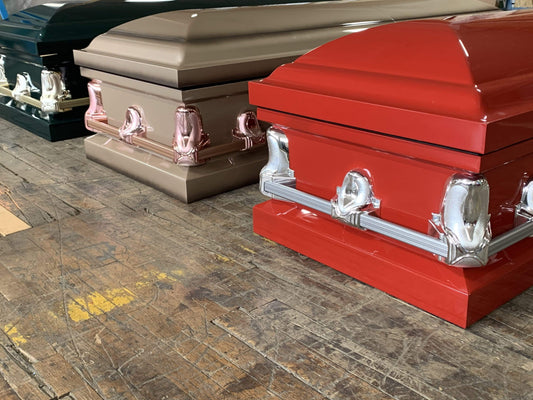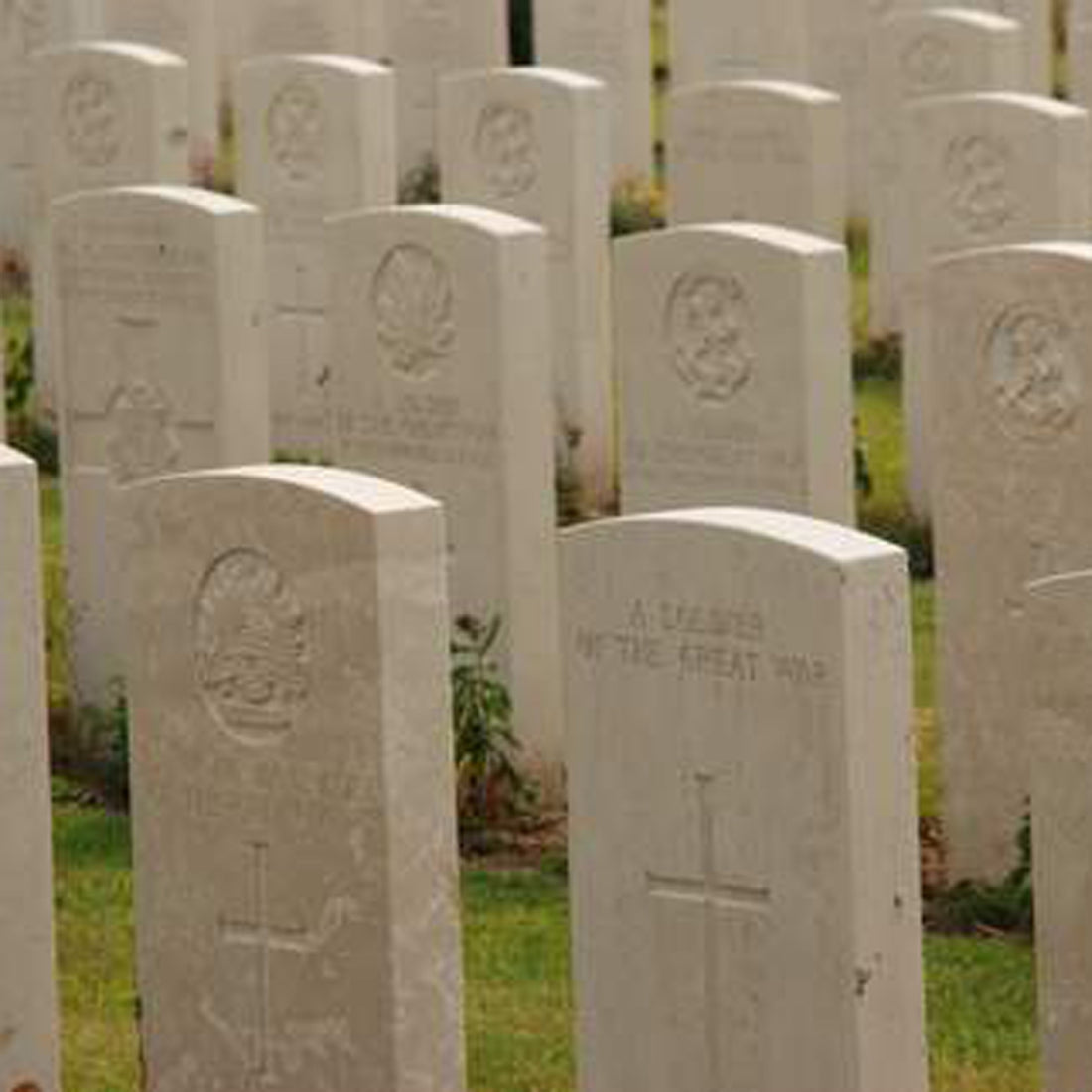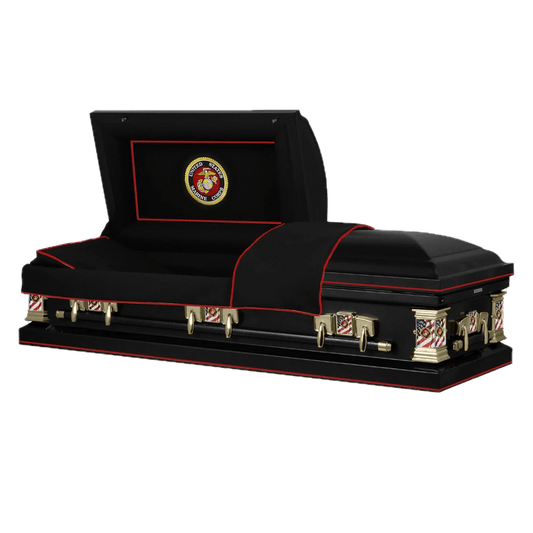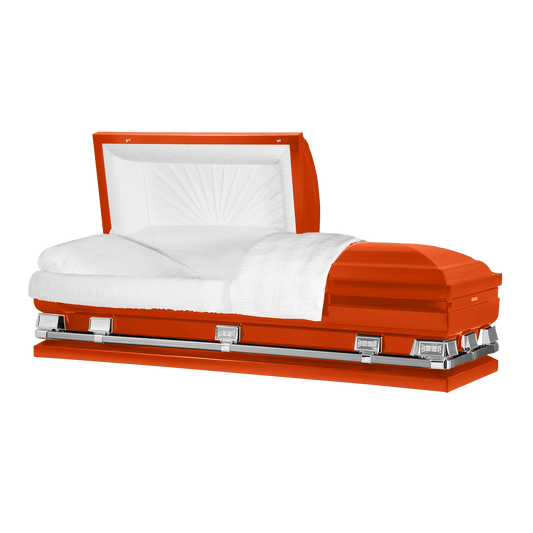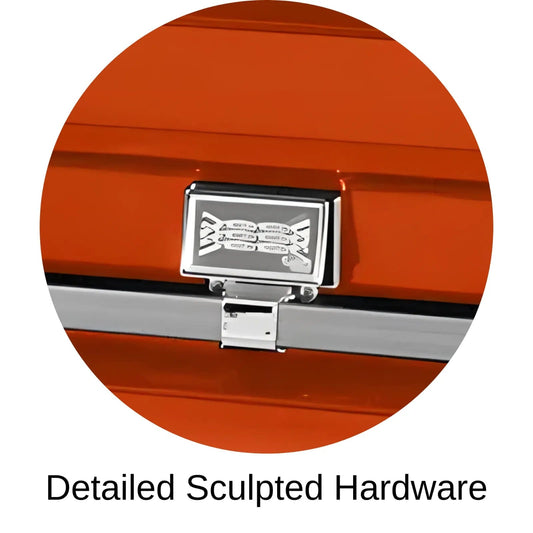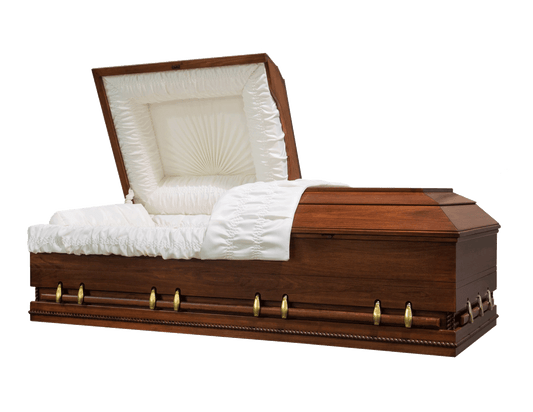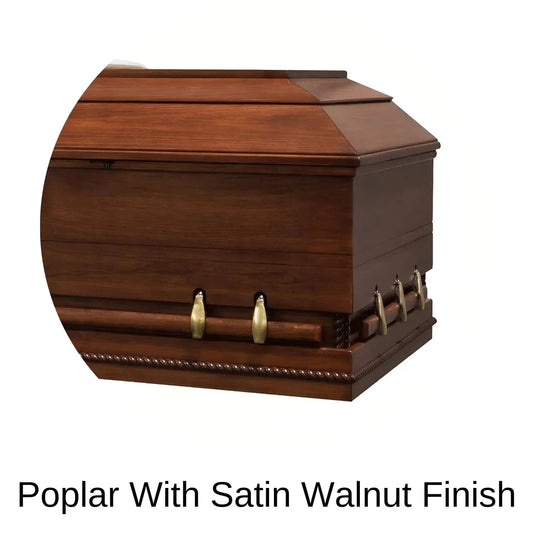Note: We have handpicked a number of highly regarded gravestone products and manufacturers who only use the high quality materials and meet our standards for customer service and craftsmanship.
Table of Contents
- What Is The Difference Between A Gravestone, Headstone, And Tombstone ?
- Who Uses Grave Markers?
- How To Buy A Gravestone/Tombstone/Headstone
What Is The Difference Between A Gravestone Headstone And Tombstone ?
There are many words for a marker placed over a grave. The most popular tend to be: gravestone, headstone, and tombstone. A gravestone or tombstone refers to a more generalized burial monument – it can take the form of a headstone, statue, or plaque. A headstone is a block of stone placed at the head of a grave. Headstones are usually inscribed with information regarding the person underneath.
Although the terms are now used interchangeably, tombstones and gravestones, a tombstone originally referred to the lid of a stone coffin (or even the coffin itself), while a gravestone referred to the stone piece placed over a grave.
Who Uses Grave Markers?
Markers placed over graves are traditional amongst Abrahamic religions – Christianity, Judaism, and Islam.
In Christianity, there are several messages or images traditionally inscribed on a grave marker, such as:
- “RIP” – While most are familiar with the direct English translation is “rest in peace,” the abbreviation was originally for the Latin saying, “requiescat in pace,” which was used in a prayer for the deceased. “RIP” is often found in older cemeteries rather than modern ones as it has started to appear in more mainstream culture, such as appearing on Halloween decorations.
- An anchor – The anchor symbol was adopted in the early stages of Christianity, and can have several meanings. Many used it as a substitute for a cross and used it as a symbol for marking secret locations. The symbol is often found in Roman catacombs as a symbol of faith in Jesus beyond the living world – the anchor is a symbol which often associated with hope of liberation after death. An anchor can also be a symbol for sailors – an anchor with broken chains is usually a symbol for a life ended prematurely.
- “IHS” – Although commonly mistaken for the abbreviation of “I have suffered,” IHS is a shortening of the name “Jesus.” It is the first three letters of his name in Greek letters “ΙΗΣ,” from his full name “ΙΗΣΟΥΣ.” IHS, or ΙΗΣ, is commonly used to represent a departed one’s Christian faith in life and symbolizes hope in everlasting life after death.
- Hands – Two hands gripping each other (sometimes known as “clasping hands” or a handshake) is a very common symbol on Christian headstones. Many have found this symbol dating back to the Victorian era as a farewell symbol to earth and a welcome into the world beyond, or Heaven. It can also be used to honor the relationships made between the departed and the loved ones left behind. The hands can also be a symbol of a marriage or eternal unity, a friendship or love. It can also symbolize being guided into the beyond by the hand of the loved ones who passed, or even God.
- Wreath – Adopted by Christians from the ancient Greeks, the wreath (or use of garlands) is generally a symbol of a victorious redemption. It generally refers to a crown which is awarded to those who make it into heaven – it is a way to honor the work done by the departed to allow for the entrance into the sacred beyond.
- Broken column – A broken column usually refers to a premature death.
- Pictures – As a part of European tradition, setting a photograph into a tombstone is common.
In the Orthodox Jewish tradition, a tombstone serves as a mark to identity a gravesite in order to visit, or even avoid – the kohanim are required by Jewish law to avoid contact with the dead – a gravesite.
It is Jewish custom to have a headstone unveiling ceremony after the Kaddish period (30 days for close relatives or 11 months for the parents of the departed) but no later than one year after death. Most families follow the custom of waiting for almost, if not an entire, year after passing to hold an unveiling ceremony.
Jewish tradition doesn’t impose many limits in terms of the monument permitted to use for a Jewish burial, although any given cemetery might have its own guidelines and restrictions. Many Jewish headstones feature a six-pointed star known as the Star of David, or a menorah.
Abbreviations are commonly found on Jewish tombstones to refer to written text such as psalms. For example, is not uncommon to find the writing “ת נ צ ב ה” which is an abbreviation for text which, in English, translates to “May his soul be bound up in the bond of eternal life,” from Samuel, 25:29.
One unique feature of Jewish grave markers is that they usually include the Hebrew name of the departed, along with the name his/her father’s name (some use the father’s name to honor the family and Jewish genealogy while others use it for identification purposes.) This is seen by looking for “בן” which reads as “ben,” and translates to “son of,” while “בת” reads as “bat,” and translates to “daughter of.”
Jewish tombstones often feature two sets of dates – one of the Gregorian calendar and one of the Jewish calendar. The Jewish calendar is lunar, rather than solar, so the months and days differ from the Gregorian calendar – it also starts 3760 years before the Gregorian calendar does.
In the Orthodox Islamic tradition, many believe that it is a waste of money to spend on a luxurious grave maker since there is no benefit to the departed to have an adorned grave. Instead, many prefer the money donated to charity in honor of a departed loved one and pray that he/she will accept the merits from the beyond.
Many in the Islamic faith view any type of decoration of the grave as prohibited – especially any construction on the grave with the intention of making it lavish or immodest. Although many Muslims opt to include writings on a gravesite, some consider it to be categorically forbidden as the writing could be eventually tarnished in some way. For this reason, as well as wanting the grave to be identifiable, some people have a grave marker only with a name and date of birth and death – many also prefer these markers to be as flat as possible rather than stand erect.
Plan Your Farewell with Grace – Our Pre-Planned Caskets Offer Peace of Mind
How To Buy A Gravestone/Tombstone/Headstone
There are several factors to consider when purchasing a headstone. The most common places to purchase them are from a cemetery, a funeral home, or directly from a monument artisan or retailer. Most monument retailers will be familiar with the regulations given by local cemeteries so they may be able to provide a larger selection of appropriate tombstones than funeral homes or the cemeteries themselves. If these options are unable to provide the perfect headstone for a loved one, there are reputable online monument retailers available to purchase from as well. If a purchase is being made online, ask for an image or computer rendering of the marker to get an idea of the final product after customization. At Titan Casket, we offer a wide variety of headstones available for online purchase here.
Here are Titan Casket's tips for purchasing a grave marker:
- Understand a chosen cemetery’s rules and regulations: The Funeral Rule requires cemeteries to provide accurate (and itemized) price information on any and all funeral goods and services. This means that cemeteries are prohibited from misrepresenting any legal crematory and cemetery requirements. Ask for a written copy of a chosen cemetery’s rules and regulations regarding a headstone before purchasing one. This process also includes:
- Inquiring about a chosen cemetery’s rules and regulations regarding the type of marker permitted. This is important as it is not uncommon for cemeteries to only allow for granite or bronze tombstones – which are considered to be the most popular choice of materials as they are durable, easy to maintain, and elegant. Other popular materials include marble and limestone; however, these materials tend not to stand the test of time.
- When choosing a cemetery has any color restrictions for specific headstone types. Some cemeteries will only allow for specific coloring of granite or bronze tombstones.
- Understanding if specific types of tombstone adornments are allowed by a cemetery. These include porcelain, laser, or etched photos are permitted on a headstone. Also, make sure to inquire about the rules regarding the coloring of a photograph or image.
- Identifying the type of gravesite the headstone will be placed on. Understanding whether a plot is of a single, shared, youth, or cremation plot is important information for purchasing a grave marker of an appropriate size. The cemetery itself may have size restrictions so make sure to take those into consideration as well.
- Inquiring if there are any cemetery-required symbols or engravings on a headstone. Some types of cemeteries, such as religious based ones, require symbols. Cemeteries may also have rules regarding the location of an engraving on a headstone.
- Making sure to understand if a cemetery has any restrictions or regulations regarding a headstone's edge. This could mean the requirement of a certain bevel and border –such as a specific size or type, like cement or lawnmower-proof.
- Inquiring if a chosen cemetery offers installation services for a headstone or if hiring a third party is necessary.
- Inquiring whether a cemetery has setting fees and if so, check the prices. Most cemeteries require this fee to be completely paid for before a marker is delivered.
- Making sure to fill out required paperwork before a marker is delivered. These types of paperwork usually include authorization forms, release forms and setting forms.
- Inquiring about whether a chosen cemetery allows for photographs or headstone rubbings. If these mementos are important for you to have, make sure to inquire about how to get them prior to cemetery installation.
- Choose the material and design for the perfect gravestone to mark a final resting place. This is an important decision so make sure to go through various samples and previous designs which inspire the final design of a personalized headstone. It is important to note that headstones can be planned prior to death – many choose to design, and even purchase, a headstone as a part of the planning process. This often times makes it easier on the friends and family dealing with the logistics of a gravesite after a loved one has passed.
- Choose any accessories for the tombstone. Headstone accessories include adornments such as built-in vases, photos, statues, wreath and flag holders and lights.
- Once design choices have been made, be sure to shop around, including online vendors, and compare prices to ensure the purchase of a high-quality product at the lowest available price.
For more information on grave markers, visit the Monument Builders of North America (MBNA).

![Upgrade to Premium Weight [18-gauge steel]](http://titancasket.com/cdn/shop/products/casketthicknesswithnumbers.png?v=1680642906&width=533)
